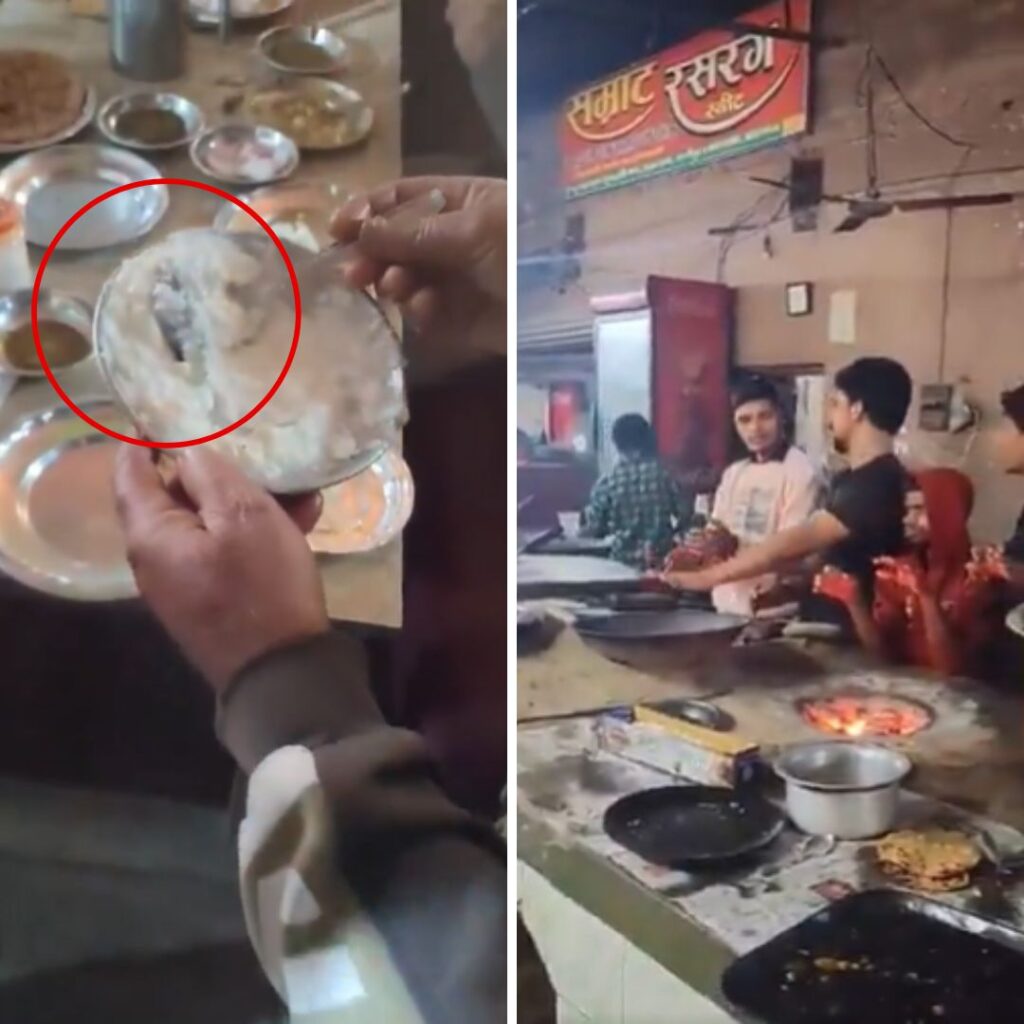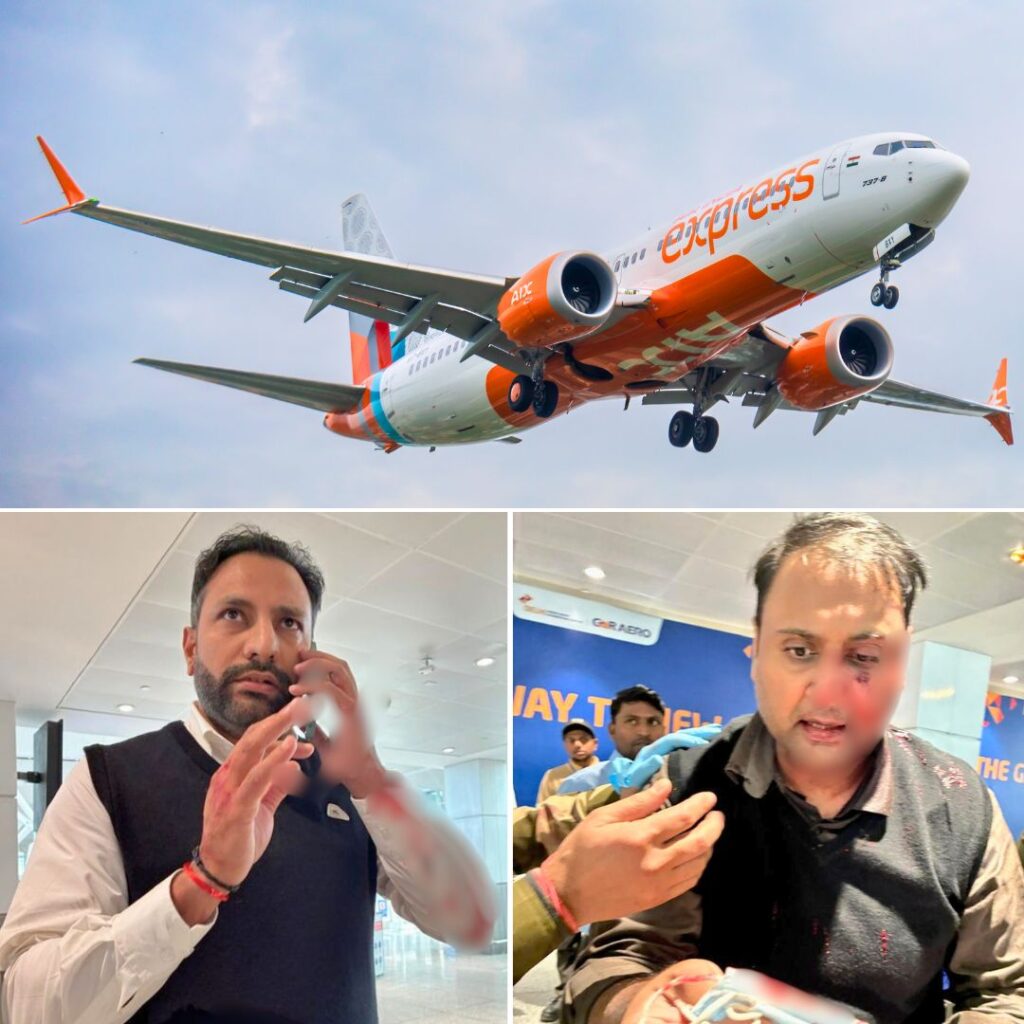The logistical problems the present government is facing due to COVID-19 outbreak with regards to the NDMA (National Disaster Management Authority) plans could have been mitigated, the officials stated, including chronic shortages of protective equipment for medical staff and ill-trained first-responders.
“Instead of having to improvise solutions on the fly, we’d have had a clear picture of what resources were available and where,”News18quoted an official involved in drafting the report as saying.
“A great deal of hardship could have been averted,” he added. According to the officials, details of the public version of the 2008 NDMA report, published in 2008, were turned into an action plan and shared with Prime Minister Manmohan Singh.
Although the implementation of this plan had started, however, further progress got hindered since key ministries pushed back against ceding control of issues in their domain to the NDMA.
“The feeling within the bureaucracy that India didn’t need something like the NDMA because the various ministries were essentially doing the same job.” Former army chief Lieutenant-General NC Vij, the vice-chair of the NDMA from 2005, was quoted as saying, regarding the source of the resistance. He opined that with the work-loads and administrative focus, the ministries had little time or energy to focus on long-term capacity-building and preparedness for the unexpected crisis.
The team was set up under the leadership of Lieutenant-General Bhardwaj in light of the global spread of H1N1 avian influenza from 2004. They aimed to create a template for how authorities from the central government down to the district level would respond to a wide array of potential disasters, from the use of bioweapons by terrorists to the spread of a new virus from India’s cattle stock to the population.
The focus of that NDMA plan was on creating ways to implement “non-pharmaceutical interventions, like social-distancing measures and isolation and quarantine techniques”. It also planned on periodic exercises to prepare communities.
“All the practices and training schedules will be coupled with mock exercises followed by documentation and evaluation of lessons learnt to improve the existing system,” the NDMA report reads.
According to the report, every hospital was to be made to draw up a biological disaster-management plan, further “all-hazard training programmes will be conducted for hospital administrators, specialists, medical officers, nurses and other health care workers”.
“There is no stockpile of drugs, important vaccines like anthrax vaccine, PPE [personal protective equipment] or diagnostics for surge capacity,” the report notes to call to attention the need for strengthening India’s state-level stockpiles of critical equipment.
The report highlighted that in a crisis there is further incapacitation due to tedious procurement procedures. “None of the major hospitals in the government/private sector are fully equipped and geared for managing mass casualties, particularly victims of natural outbreaks, epidemics and BT [bioterrorism activities].”
The plans were indicative of NDMA being a more responsible body that the ministries and state governments would have to cede some degree of control. As a result, NDMA’s disaster management plans halted in bureaucratic power struggles.
Reportedly, the creation of the National Disaster Management Force also met sharp opposition from the Ministry of Home Affairs, which controlled other national police organisations.
The NDMA’s bureaucratic status was downgraded, further reducing its ability to cut through bureaucracy, after Prime Minister Modi’s election.
A series of changes were followed including the vice-chairman of the NDMA getting downgraded in rank from that of a Cabinet Minister to the equivalent of the Cabinet Secretary. The NDMA’s members were also reduced in rank from Union Ministers of State to Secretaries to the Government of India. Fewer domain experts were included in the body.
“The thinking was that, since the Prime Minister is the chair of the NDMA, it ought to function like other bureaucratic instruments of the Prime Minister’s Office,” a senior official said.
“Lots of things did get done and it won’t be fair to say everyone slept on the job. But the responses were very patchy. Some state governments were more receptive than others, and some bureaucrats understood the kinds of threats we were facing better than others,” General Bharadwaj was quoted as saying.
“But in the end, yes, we just didn’t manage to get the kind of momentum behind preparedness that should have been there. We’re paying the price for that,” the general added.
Also Read:As Coronavirus Lockdown Enters Last Week Govt Plans To Massively Scale Up Testing











